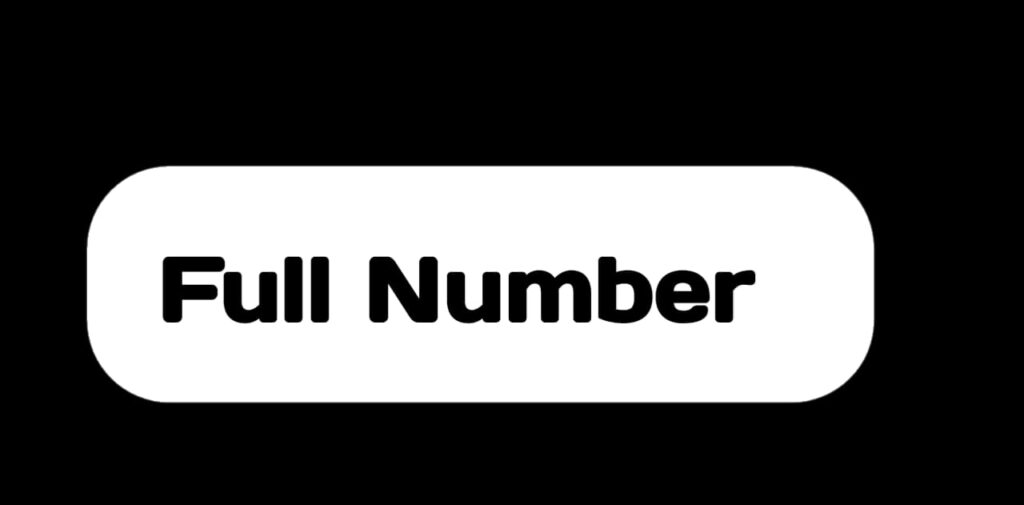1. Introduction
- Open with why savings accounts are essential for financial security.
- Briefly touch on how savings accounts help build emergency funds, achieve financial goals, and grow wealth safely Best savings accounts 2024.
- Set the stage for the guide, explaining it’s designed to help readers choose the best savings account and get started effortlessly.

2. What Is a Savings Account?
- Define a savings account and explain its primary purpose.
- Highlight key features such as interest rates, safety (FDIC/NCUA insurance), and ease of access Best savings accounts 2024.
- Differentiate savings accounts from checking accounts and investment accounts.
3. Why You Need a Savings Account
- Explain how savings accounts contribute to:
- Building an emergency fund (3–6 months of expenses).
- Earning interest on idle cash Best savings accounts 2024.
- Safeguarding funds from impulse spending.
- Include examples of common savings goals (vacation, buying a home, retirement).
4. Step 1: Define Your Savings Goals
- Encourage readers to identify their goals: short-term (e.g., emergency fund) vs. long-term (e.g., education, retirement).
- Explain how clear goals will guide the choice of the right savings account (e.g., high-yield accounts for long-term savings).
5. Step 2: Understand Different Types of Savings Accounts
- Detail the main types of savings accounts, including:
- Traditional savings accounts: Basic option, easily accessible, lower interest rates.
- High-yield savings accounts: Offered by online banks, higher interest rates but limited in-person service Best savings accounts 2024.
- Money market accounts: Higher interest, check-writing capabilities, higher minimum balance Best savings accounts 2024.
- Certificates of Deposit (CDs): Fixed terms, higher interest, less liquidity.
- Discuss how to match account types to specific needs.

6. Step 3: Compare Interest Rates and Account Fees
- Highlight the importance of interest rates (APY) in maximizing savings growth.
- Explain how compounding works over time.
- List common fees to watch out for:
- Monthly maintenance fees
- Minimum balance requirements
- Withdrawal penalties
- Suggest comparing accounts using tools like online comparison websites.
7. Step 4: Look for Features That Matter to You
- Discuss modern banking features to consider:
- Mobile and online banking for convenience
- Automated savings tools Best savings accounts 2024
- Accessibility (ATM networks or branch availability)
- Emphasize the importance of FDIC/NCUA insurance for account security.
8. Step 5: Research and Choose the Right Institution
- Compare options: traditional banks, online banks, and credit unions.
- Discuss pros and cons:
- Traditional banks offer physical locations but lower interest.
- Online banks often provide higher APYs but lack physical branches.
- Credit unions may have competitive rates and a community focus.
- Suggest reading customer reviews for insights on service quality and reliability.
9. Step 6: Open Your Savings Account
- Provide a step-by-step guide:
- Gather necessary documents (government ID, Social Security Number, proof of address).
- Decide between online or in-person account setup.
- Make the initial deposit to activate the account Best savings accounts 2024.
- Set up account preferences, such as linking to a checking account for transfers.
- Stress the simplicity of the process and its importance in starting the savings journey.
10. How to Maximize Your Savings Account
- Share tips for getting the most from a savings account:
- Automate transfers to build savings consistently.
- Avoid excessive withdrawals to maintain interest accrual.
- Regularly review account performance and consider switching if better options arise Best savings accounts 2024.
- Mention the importance of periodic goal reassessment to adjust savings strategies.
11. Common Mistakes to Avoid
- Point out common pitfalls:
- Choosing accounts with hidden fees or low APY.
- Overlooking withdrawal limits and incurring penalties.
- Keeping all funds in savings without exploring higher-yield investment options for long-term goals.
12. Step 7: Open Your Savings Account (100 words)
Highlight how easy it is to get started.
Provide a step-by-step guide to opening an account:
Gather required documents (ID, Social Security Number, etc.).
Decide between online and in-person account setup.
Set up initial deposits and link accounts for transfers.
13. Step 6: Choose the Right Bank or Institution
- Compare online banks, credit unions, and traditional banks.
- Discuss the benefits of each (e.g., higher interest rates from online banks, personal service at credit unions).
- Suggest researching customer reviews and reputation.

